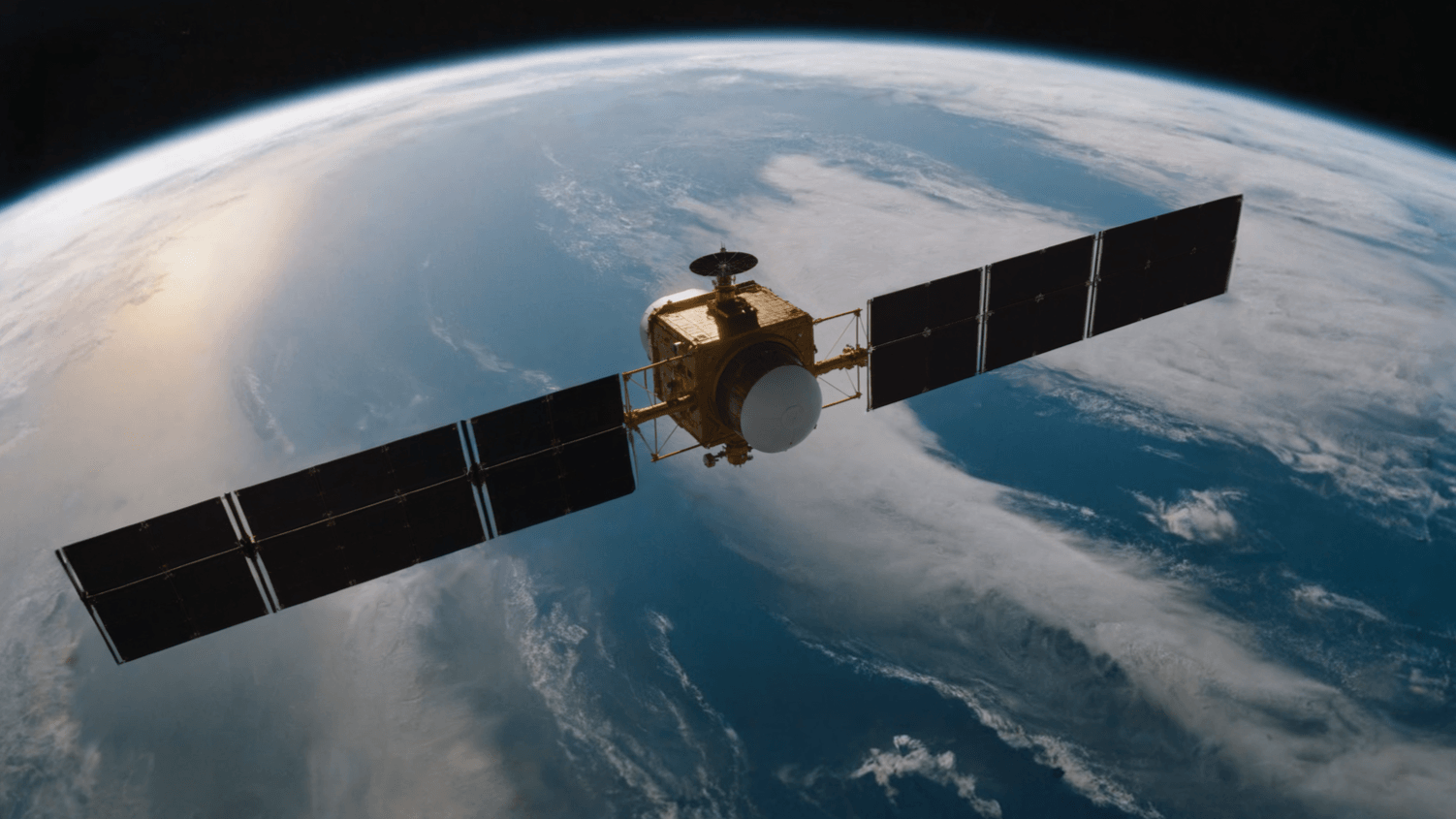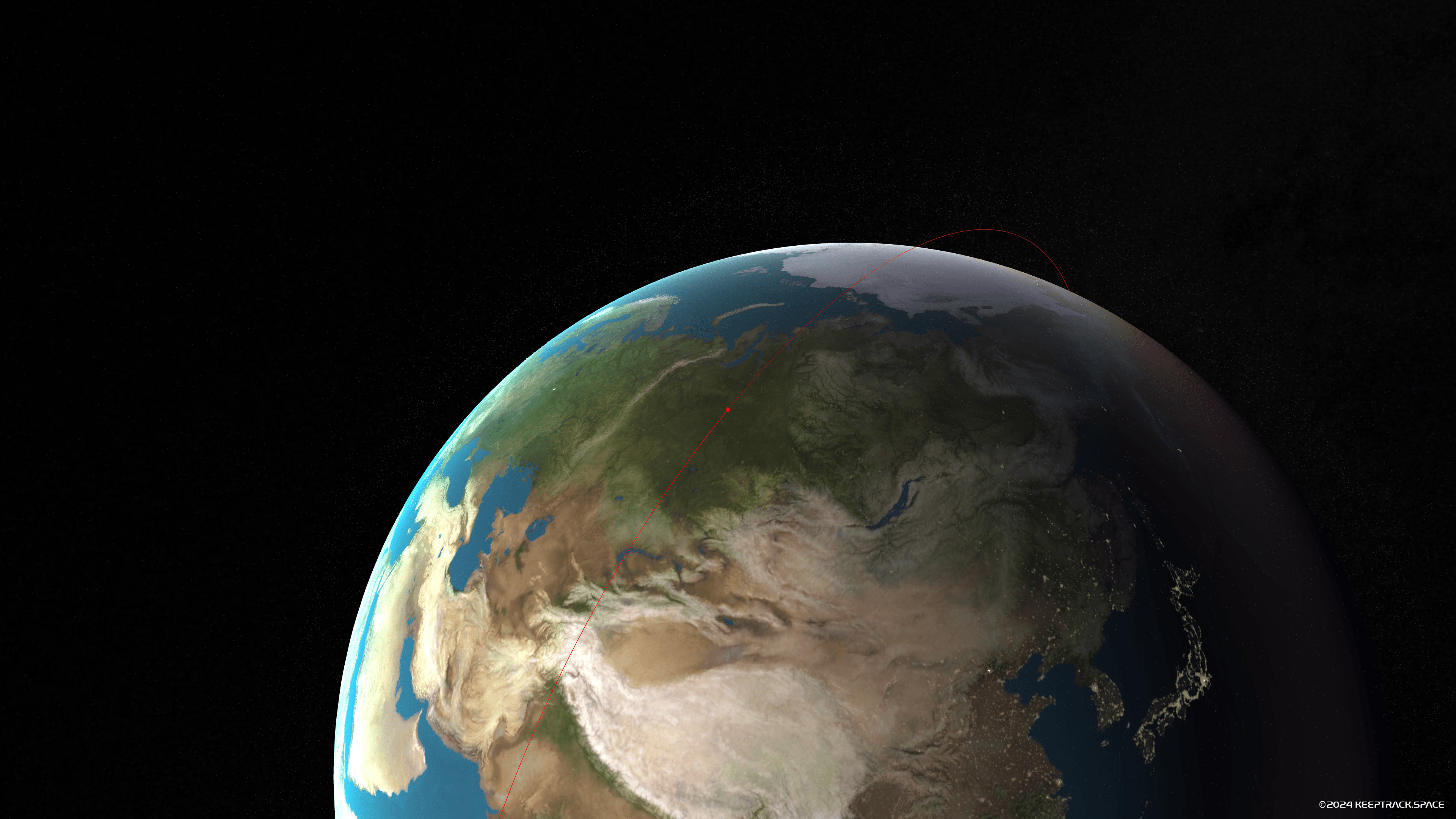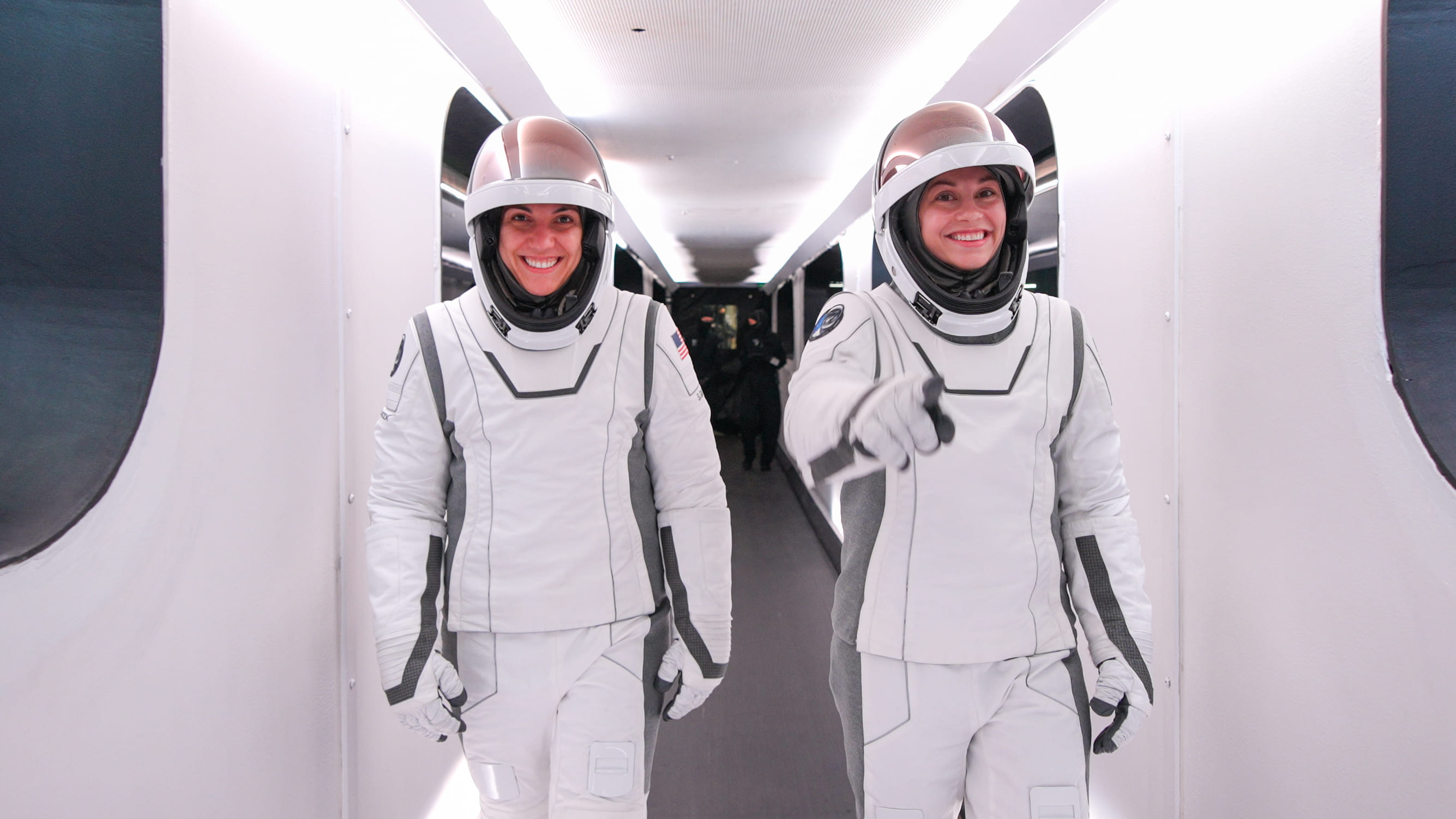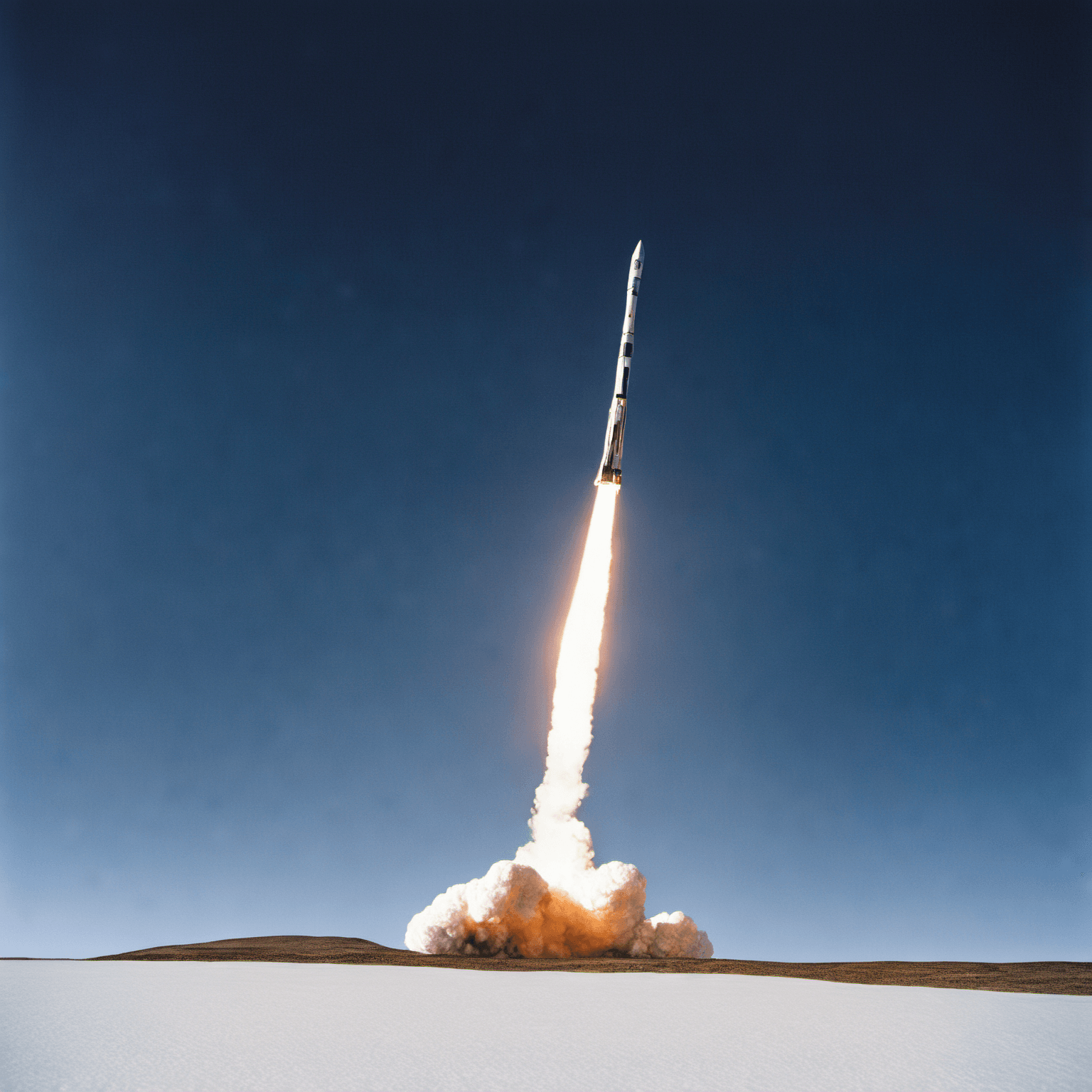· space brief · 6 min read
Space Brief 30 Aug 2024
Today's highlights include General Dynamics' contract extension with SDA, ABL Space Systems layoffs, NASA's Crew-9 mission adjustments, and Galactic Energy's successful satellite launch.

📄Top Stories
- General Dynamics extends its satellite ground system contract with the Space Development Agency.
- ABL Space Systems undergoes significant layoffs following a rocket mishap.
- NASA adjusts Crew-9 mission assignments due to Boeing Starliner issues.
- Galactic Energy achieves another successful satellite deployment.
📰Detailed Coverage
General Dynamics Secures $491 Million Contract Extension from Space Development Agency
General Dynamics has secured a substantial $491 million extension to its contract with the Space Development Agency (SDA), pushing the total value close to $900 million through 2029. This deal enables General Dynamics to continue developing and enhancing satellite ground systems critical for national defense.
The expanded contract underscores the growing importance of robust satellite ground infrastructure to support military operations and space situational awareness. This highlights the potential for advancements in satellite tracking capabilities facilitated through enhanced ground systems.
Read the full story: SpaceNews
ABL Space Systems Lays Off Staff
ABL Space Systems has laid off a considerable portion of its workforce following a mishap involving a rocket during a static-fire test. This move is part of cost-reduction efforts essential for the company’s long-term viability.
The layoffs at ABL Space Systems come at a crucial time when the space industry faces increasing pressure to balance innovation with financial sustainability. Such changes may affect the timelines for next-generation launch vehicle readiness.
Read the full story: SpaceNews
NASA Makes Crew Adjustments for Crew-9 Mission
NASA has made final crew assignments for its upcoming Crew-9 mission to the ISS. The adjustments were necessary due to ongoing issues with Boeing’s Starliner, resulting in a veteran NASA astronaut and a rookie Russian cosmonaut leading the reduced crew.
These changes are significant for space tracking efforts, as adjustments in crew rotations could affect satellite operations and observational data linked to international cooperative missions.
Read the full story: SpaceNews
Galactic Energy Successfully Launches Six Satellites
China’s Galactic Energy conducted its third successful sea launch of the Ceres-1 solid rocket, placing six satellites into orbit. The launch took place from a transport erector launcher, marking another milestone for the company.
Galactic Energy’s achievement is a testament to the agile launch capabilities being developed within the private sector, contributing to more frequent and reliable access to space for a variety of payloads.
Read the full story: SpaceNews
🛰️Satellite Spotlight
- Satellite Name: GOES-18 (GOES-West)
- NORAD ID: 51850
- International Designator: 2022-021A
- Launch Date: 2022-03-01
- Mission: Geostationary Operational Environmental Satellite
- Orbit:
- Inclination: 0.0°
- Period: 1436.1 minutes
- RAAN: 69.49°
- Owner/Operator: NOAA (National Oceanic and Atmospheric Administration)
- Interesting Facts:
- GOES-18 is part of the GOES-R series, the most advanced weather satellite system ever developed by the United States.
- It provides continuous imagery and atmospheric measurements of Earth’s Western Hemisphere, including detection of lightning activity.
- The satellite plays a crucial role in weather forecasting, severe storm tracking, and meteorological research.
Current TLE Data:
GOES 18 (GOES WEST)
1 51850U 22021A 24239.17603377 .00000086 00000-0 00000+0 0 99993
2 51850 0.0011 69.4988 0000465 137.7483 54.0351 1.00273325 9184
Track this satellite in real-time on our web app: Track GOES-18
🗑️Space Debris Update
Current tracked debris objects: 14002
Notable recent events
China’s Increasing Space Debris: Recent activities by China have notably increased the amount of space debris. Their growing number of space missions, including both manned and unmanned launches, have resulted in significant amounts of orbital debris.
US Military’s Role: Despite the rise in space debris from various countries, including China, the US military continues to play a critical role in tracking and managing orbital traffic. The Space Surveillance Network (SSN) tracks thousands of objects to predict potential collisions and safeguard active satellites and space missions.
Source: Ars Technica
🚀Upcoming Space Launches
August 31
- SpaceX Falcon 9:
- Starlink Group 9-5 from Vandenberg (04:54 UTC) A batch of 21 satellites for the Starlink mega-constellation - SpaceX’s project for space-based Internet communication system.
- Starlink Group 8-10 from Cape Canaveral (05:39 UTC) A batch of satellites for the Starlink mega-constellation - SpaceX’s project for space-based Internet communication system.
September 1
- SpaceX Falcon 9 | Polaris Dawn from Kennedy Space Center (07:38 UTC) The goal of this mission, lasting up to five days in orbit, is to fly higher than previous Dragon missions, perform the first-ever commercial EVA with SpaceX-designed spacesuits, orbit through portions of the Van Allen radiation belt, conduct medical research, and test laser-based Starlink communications in space.
September 3
- SpaceX Falcon 9 | NROL-113 from Vandenberg (01:56 UTC) Third batch of satellites for a reconnaissance satellite constellation built by SpaceX and Northrop Grumman for the National Reconnaissance Office to provide imaging and other reconnaissance capabilities.
September 4
- Arianespace Vega | Sentinel-2C from Guiana Space Centre (01:50:27 UTC) Sentinel-2C is the third satellite in the Sentinel-2 constellation, which is designed to provide high-resolution optical imagery for land services.
September 11
- Mitsubishi Heavy Industries H-IIA 202 | IGS Radar 8 from Tanegashima Space Center (04:00 UTC) The IGS Radar 8 is a Japanese radar reconnaissance satellite. The satellite is operated by the Cabinet Satellite Information Center. The satellite serves both Japan’s national defense and civil natural disaster monitoring.
- Russian Federal Space Agency (ROSCOSMOS) Soyuz 2.1a | Soyuz MS-26 from Baikonur Cosmodrome (16:23:19 UTC) Soyuz MS-26 will carry two cosmonauts and one astronaut to the International Space Station aboard the Soyuz spacecraft from the Baikonur Cosmodrome in Kazakhstan.
Note: Launch dates and times are subject to change due to technical or weather considerations.
💡Did You Know?
The International Space Station (ISS) has been continuously occupied by humans for over 23 years. Since November 2, 2000, there has always been at least one person living and working aboard the ISS, making it the longest continuous human presence in low Earth orbit. This remarkable achievement has provided invaluable insights into long-duration spaceflight and its effects on the human body, paving the way for future deep space exploration missions.
🔬Technical Corner
Space Weather and Its Impact on Satellites
Space weather refers to the environmental conditions in space that can affect Earth and its technological systems. It’s primarily influenced by the Sun’s activity and can have significant impacts on satellites and other space-based assets.
Key points about space weather and satellites:
Solar activity: The Sun emits a constant stream of charged particles (solar wind) and occasionally releases large bursts of energy and matter (solar flares and coronal mass ejections).
Effects on satellites: Space weather can cause satellite anomalies, damage solar panels, disrupt communications, and even change orbital trajectories due to atmospheric heating.
Radiation hazards: High-energy particles can penetrate satellite components, causing single-event upsets (SEUs) or long-term degradation of electronic systems.
Mitigation strategies: Satellite operators use hardened components, redundant systems, and protective shielding to safeguard against space weather effects.
Forecasting: Space weather forecasting services, like those provided by NOAA’s Space Weather Prediction Center, help satellite operators prepare for and respond to potentially harmful events.
Understanding and predicting space weather is crucial for maintaining the reliability and longevity of satellite systems, which are vital for global communications, navigation, and Earth observation. As our dependence on space-based technologies grows, so does the importance of space weather research and monitoring.




